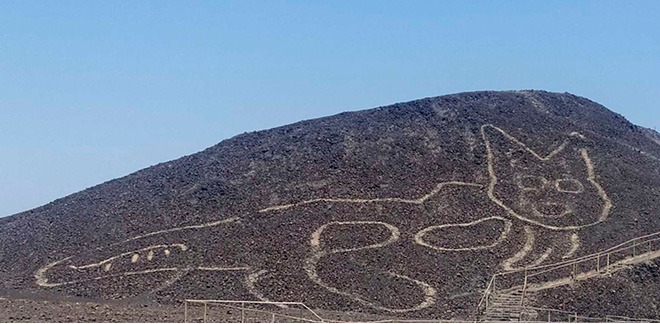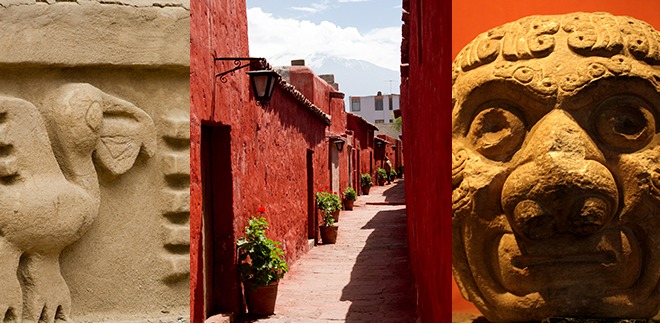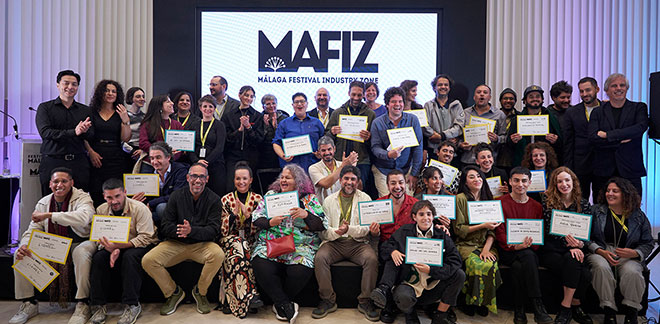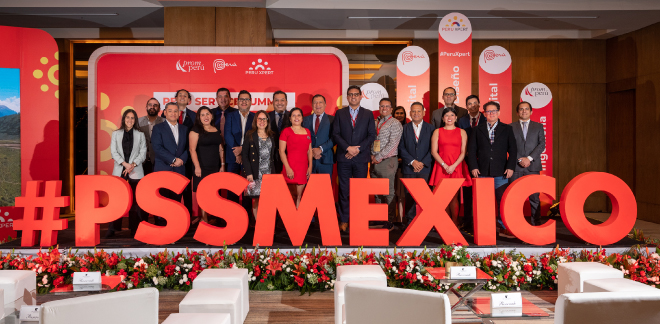Meet the Asháninka, the largest ethnic group in the Peruvian Amazon
Síguenos en:Google News
If there is one thing that stands out on the geographical map of Peru, it is its jungle, which occupies much of its territory. The Asháninka, the largest ethnic group the Peruvian Amazon, have lived in this magical land, surrounded by incredible nature, for hundreds of years.
The Asháninka are spread all over the central jungle, and are present in the departments of Cusco, Ayacucho, Junín, Pasco, Huánuco and Ucayali. Villages such as Machiguenga, Nomatsiguenka, Kakinte and Yanesha have linguistic affinity with this Amazonian group.
Bronze axes have been found in the Asháninka region, indicating that their existence is pre-Inca. According to the researcher Fernando Santos Granero, there was a commercial and cultural exchange during the Inca era between Arawak-language peoples and the Andean world; the former having given feathers, medicinal plants and meat from mammals and fish in exchange for tools. Santos also refers to the existence of Asháninka soldiers who occupied important positions in the Inca army. All this exchange would have made the diversification of their work tools possible, as well as their ancestral knowledge and practices.
Culture and beliefs
If there is one thing that characterizes the Asháninka, it is their togetherness and respect for the customs of their ancestors. For them, hunting, fishing and agriculture are a vital part of their economy. Today, many families grow coffee, achiote (annatto) and cocoa for export, as well as selling wood.
One of their basic principles is respect for nature and others. They do not believe in violence, but they do believe in education and consider it as the engine of development.
The Ashaninka believe strongly in the "shamans" or "sheripiari", who are the ones who "converse" with the spirits and can interact with forests, mountains, lagoons and rivers; they also believe that they have the power to cure some diseases and curses. They are also the ones who can contact Tsomiri, the spirit that commands the living beings in the water; and that, according to Asháninka belief, it is necessary to make offerings to them in order to have a good day’s fishing or, as they say, "to set the animals free".
In his book "The Ashaninkas, a people of the forest", the writer Enrique Rojas Zolezzi describes how, for them, there is a division in nature according to gender; trees and plants are female beings, while birds and fish are male.
The traditional dress of the Asháninka is the cushma, a kind of tunic made of cotton and decorated with geometric designs. Some women choose to bare their breasts and cover themselves with a skirt.
Masato is the most widely consumed drink in the area, based on fermented yucca and women's saliva, and it is a preparation that has become an art for the Asháninka. They have some delicious food, including dishes such as banana soup, catfish and frog Shipata (meat wrapped in wild leaves and cooked with firewood), snail ceviche, cutpe chicharrón (similar to guinea pig) and roasted pork.
Did you know?
Asháninka means "person" or "countryman".
Ashi Añane (Our Voice), was first shown on November 3, 2018, the first cultural program in the Asháninka language to be broadcast on Peruvian television.
In 2014, Ruth Buendía, Asháninka leader and former president of the Asháninka Centre for the River Ene (CARE), received the Goldman Environmental Award, the most important recognition of environmental activism that exists.
Sources: Base de Datos de Pueblos Indígenas u Originarios/ El País/ selvasamazonicas.org/ careashaninka.org/ Correo/ Panamericana/ SBS TV








